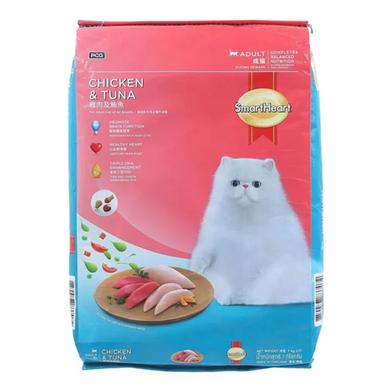cat food

cat food
- cat food The range of alternatives available can be daunting when it comes to selecting the finest diet for your feline.
- Your pet’s nutritional requirements, tastes, and any particular health issues must all be carefully taken into
- account when choosing a cat food, whether it be dry kibble, wet food, or anything in between.
- A decent cat food should appeal to your cat’s taste buds, have high-quality ingredients, and offer balanced nourishment.
- We’ll look at the main features of cat food in this review, emphasizing elements like ingredients, quality, flavor, and overall value for money.
Cat Food Types
- Dry Cat Food (Kibble):
- Due to its affordability, long shelf life, and ease of use,
- dry cat food—also known as kibble—is a preferred option for many pet owners. Generally speaking,
- it is less expensive and simpler to store than wet food.
- However, a common worry is that because kibble contains less moisture than wet food, it might not be as hydrating for cats.
- If a high-quality dry cat food is low in carbohydrates and high in protein,
- and has fiber for digestion and healthy fats, it can be a fantastic choice.
Canned Wet Cat Food:
- Packed with moisture, wet food, which is frequently found in pouches or cans,
- can help cats stay hydrated. For cats who might not drink enough water on their own,
- this is extremely helpful. Most cats find wet food to be more tasty, and it frequently has a range of flavors and textures to suit finicky eaters.
- In contrast to dry food, it is typically more costly and has a shorter shelf life.
Foods that are either raw or freeze-dried:
- Since raw or freeze-dried food is said to be more natural and more like what a cat would eat in the wild,
- some cat owners choose to feed their pets this way.
- These foods frequently have less filler and more protein. Raw food can be more costly, though,
- and handling and safety issues with raw components are issues. Before adding raw food to your cat’s diet, it’s crucial to speak with your veterinarian.
Nutritional Quality and Ingredients
- The general health of your cat is greatly influenced by the quality of the ingredients in their food.
- Since cats are obligate carnivores, the majority of their diet must consist of animal protein.
- High-quality animal protein sources, including chicken, turkey,
- or fish, are the main ingredient in the best cat feeds. Steer clear of meals that mention fillers like maize, soy,
- or wheat as the primary ingredients because these can cause digestive problems and offer cats little nutritional benefit.
- Additionally, fiber is crucial, particularly for digestive health, and high-quality foods frequently contain components like flaxseed, peas, and pumpkin to promote gastrointestinal health and supply fiber.
- To make sure your cat is getting all the nutrients they require,
- it’s also worthwhile to search for additional vitamins and minerals, such as calcium, vitamin E, and taurine, an essential amino acid for cats.
- Steer clear of foods that contain artificial coloring, flavoring,
- or preservatives because they are bad for your cat’s health and can occasionally cause sensitivities.
Cats’ Taste and Appeal
- When choosing food for your cat, flavor is just as important as nutritional content. Cats can be finicky eaters,
- and they might not eat anything at all if it doesn’t taste good to them. Flavors like chicken,
- but it can occasionally be more challenging to attract cats who prefer wet food.
- You can explore and discover the ideal fit for your cat’s tastes with
- the aid of brands that supply trial sizes and a variety of flavor options.
Health Aspects to Consider
- Any health conditions your cat may have should be taken into account when choosing cat food.
- Selecting a meal with fewer ingredients or one made especially for sensitive stomachs can be helpful because
- some cats may have food allergies or sensitivities. Particular diets designed to meet the needs of cats with particular illnesses, such as obesity
- or kidney disease, may be necessary.
- For instance, the formulas offered by Hill’s Prescription Diet Royal Canin, and Purina Pro Plan address certain health issues including weight control, digestive support, or urinary health. Before changing your cat’s diet, it’s wise to speak with your veterinarian to be sure it will suit their nutritional requirements.Cost and Economical Value
- Finding a brand that balances price and quality is crucial, even though the priciest cat food isn’t always the best.
- High-quality ingredients are available from brands like Wellness Orijen and Blue Buffalo frequently in a variety of tastes and formulae to meet different demands. Iams and Purina ONE are trustworthy brands that offer balanced nutrition at a reduced price point if you’re searching for a more affordable choice.
Conclusion
It’s important to take into account your cat’s individual preferences, ingredients, nutritional value, and any special medical requirements when selecting cat food. The objective should be to provide a well-balanced diet that promotes your cat’s health, hydration, and general well-being, regardless of whether you opt for dry kibble, wet food, or a mix of the two. Trying out various brands and formulas is frequently the best approach to find the one that works best for your feline companion. In the end, feeding your cat the proper food will not only keep them healthy but also make sure they enjoy and are content with each meal.
Share this content:



